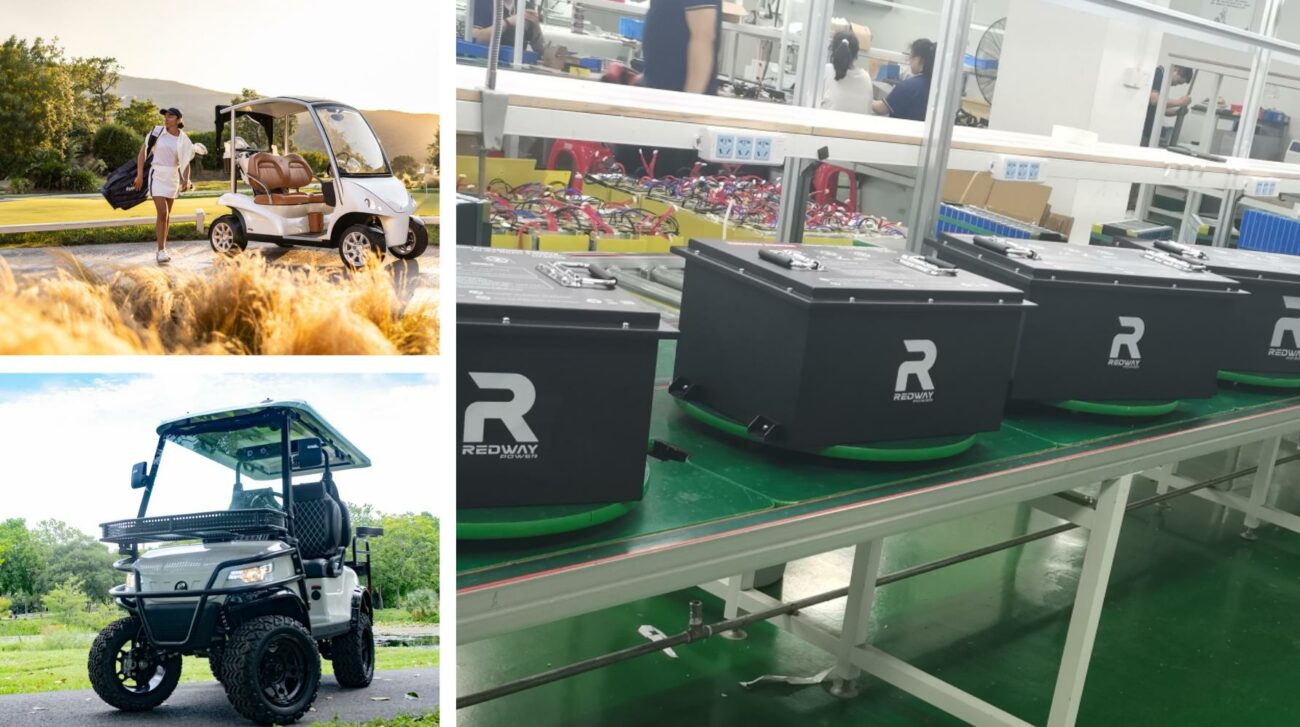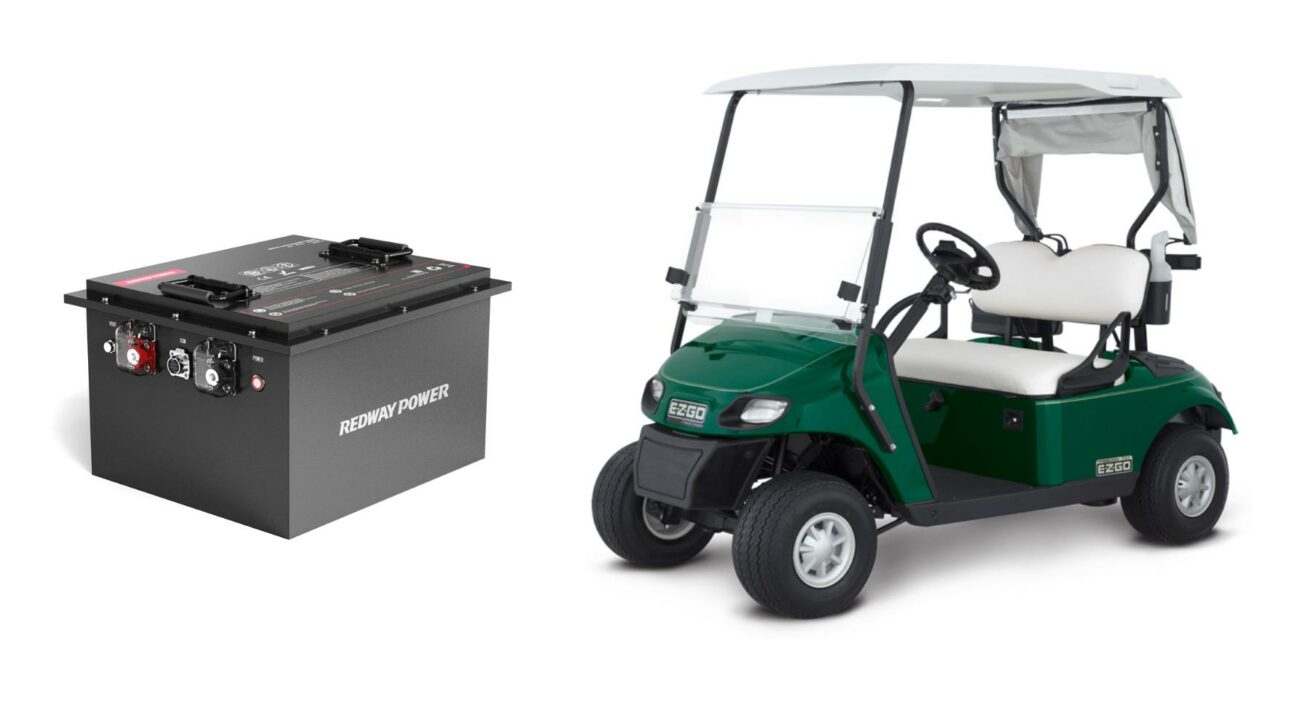The Trojan T-105 6V golf cart battery is renowned for its deep-cycle reliability, long lifespan, and robust performance in electric vehicles. With a 225Ah capacity and durable lead-acid design, it delivers consistent power for golf carts, renewable energy systems, and industrial equipment. Its rugged construction and low maintenance requirements make it a preferred choice for heavy-duty applications.
72V 200Ah Lithium Golf Cart Battery
How Does the Trojan T-105 Compare to Other Golf Cart Batteries?
The Trojan T-105 outperforms competitors like Duracell and US Battery with its thicker plates, which enhance cycle life and durability. It withstands deeper discharges (up to 80%) without compromising longevity, unlike many AGM or lithium-ion alternatives. While heavier than lithium batteries, its lower upfront cost and proven reliability in extreme temperatures justify its popularity in golf and off-grid setups.
What Maintenance Practices Extend the Trojan T-105’s Lifespan?
Regular watering with distilled water, equalization charging every 30-60 days, and avoiding discharges below 50% depth prolong the Trojan T-105’s 5-7 year lifespan. Clean terminals prevent corrosion, while storing at full charge in cool environments minimizes sulfation. Trojan’s proprietary electrolyte formula reduces water loss, but monthly voltage checks remain critical to prevent premature failure.
For optimal performance, use a refractometer to measure specific gravity (1.277 ± 0.007 when fully charged). Implement temperature compensation – reduce charging voltage by 0.028V per °C above 25°C. Install hydrocaps to reduce water consumption by 50-80% in hot climates. Consider using automatic watering systems for fleet vehicles to maintain precise electrolyte levels across all cells.
| Maintenance Task | Frequency | Tool Required |
|---|---|---|
| Electrolyte Level Check | Weekly | Distilled water |
| Terminal Cleaning | Monthly | Wire brush |
| Equalization Charge | Every 30-60 days | Smart charger |
Can Trojan T-105 Batteries Power Solar Systems Effectively?
Yes—Trojan T-105s are FDA-approved for solar storage, with 1,200+ cycles at 50% depth of discharge. Their low self-discharge rate (3-4% monthly) suits off-grid applications. Pair 8-12 batteries in series/parallel for 24V/48V systems. Ensure charge controllers limit rates to 10-13% of C20 ampacity to prevent plate corrosion. Trojan’s RE line optimizes them further for renewable energy cycling.
When configuring for solar, maintain battery temperature between 20-25°C using insulated enclosures. Implement temperature-compensated charging to extend cycle life by 18-22%. For a 5kW solar system, 16 T-105 batteries (48V configuration) can store 10.8kWh usable energy. Monitor state-of-charge with shunt-based monitors rather than voltage alone for accurate readings. Rotate battery positions annually to equalize wear in series strings.
| System Voltage | Batteries Required | Total Capacity |
|---|---|---|
| 12V | 2 in series | 225Ah |
| 24V | 4 in series | 450Ah |
| 48V | 8 in series | 900Ah |
Expert Views
“The T-105 remains the backbone of golf course fleets because it balances cost and performance like no other battery,” says Redway’s lead engineer. “Our stress tests show its plates endure 30% more charge cycles than IEC standards. However, users must religiously maintain electrolyte levels—underwatering accelerates grid corrosion. Pair them with smart chargers using Trojan’s TRC algorithm for maximum ROI.”
FAQ
- Can I use car batteries instead of Trojan T-105 in golf carts?
- No—car batteries lack deep-cycle construction, failing within months under golf carts’ continuous discharge demands.
- How many T-105s needed for 36V golf cart?
- Six 6V batteries wired in series (6 x 6V = 36V). Typical configurations use 8V batteries now, but 6V setups allow finer capacity tuning.
- Are Trojan T-105s compatible with lithium chargers?
- Absolutely not—lithium chargers’ higher voltages (14.6V+) will overcharge and warp lead plates. Use only chargers with flooded lead-acid profiles.




